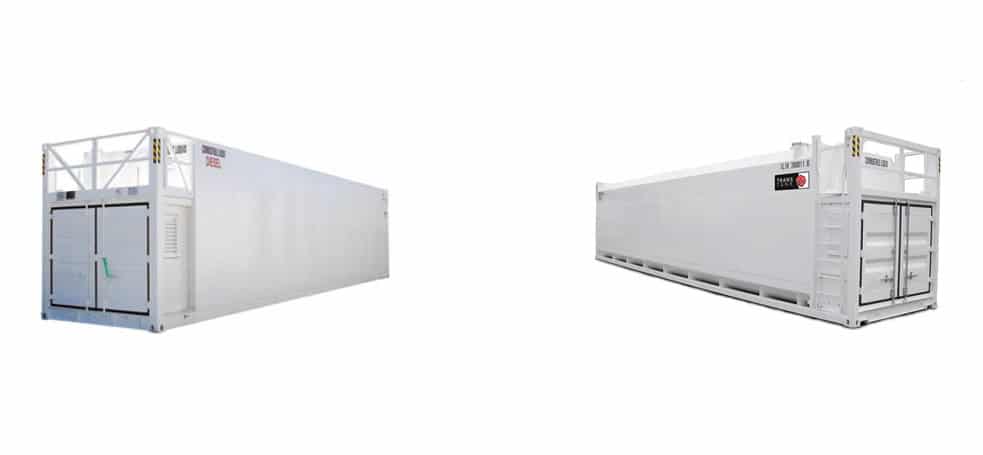Aboveground Storage Tanks vs Underground Storage Tanks

In the fuel storage industry, we have retail fueling and also commercial fueling. When we talk about retail fueling, we have underground storage tanks (UST), but for commercial fueling, we typically find aboveground storage tanks (AST).
Aboveground Storage Tanks For Commercial Fueling
In the case of commercial fueling, we are actually talking about fueling fleet vehicles, municipalities, cities, companies, that fuel their fleet of vehicles such as: police cars, fire trucks, buses, etc.
The volume of fuel pumped makes the difference between retail fueling and commercial fueling. Many commercial fueling sites don’t need large underground storage tanks (USI) that you would find at a retail gas station because above storage tanks use smaller tanks in volume.
Nowadays, when the fuel crisis is close to us to the recent events in the world, many are searching for fuel tank rentals because this way they can store fuel for longer periods of time.
The reasons to use aboveground storage tanks consist of lower volume, lower cost and less monitoring.
A lower volume means that the tank takes up less room on the site, the cost is lower because no excavating and no backfill is needed, and less monitoring because the tank being above the ground, leaks can be easily seen.
Being above the ground, they can be easily installed, on a concrete pad or on a saddle, somewhere on-site.
Underground Storage Tanks For Retail Fueling
Underground storage tanks (UST), tend to be a little more heavily regulated trying this way to protect the fuel (diesel and gasoline) from licking into the ground. Aboveground storage tanks still have some regulations, but they’re not quite as harsh as in the case of the underground environment.
If you think about an aboveground tank, if it leaks or something goes wrong with it, it’s very easy to see that the tank is leaking, you can feel the smell of the fuel, etc.
In the case of underground storage tanks, you have to rely on expensive equipment to monitor the tank while it sits underground.
Underground tanks typically come in one shape (big cylinder), eight to ten foot in diameter, and they can vary in length and volume. From 8,000 gallons 20,000 or even 30,000 gallons.
In contrast to underground storage tanks, aboveground storage tank come in all sizes and shapes. They can be square, rectangular or cylindrical, they can be mounted horizontally, vertically, and can vary in size from 250 gallons all the way up to 21,500 gallons.
According to the way they are mounted on the ground, horizontal tanks can sit on two steel saddles, they can be mounted on a skid, or they can be built on site, the large vertical tanks are just mounted on a big concrete pad with maybe a concrete dyke surrounding them.
There are many different ways, not only the shape and the size of the tank, but actually the way they sit on location or if they are mobile fueling tanks instead of ground based tanks.
Underground fuel tanks are typically made of fiberglass or are made of steel and then encased in fiberglass.
Aboveground storage tanks are made of steel, and they can single wall or double wall tanks.






